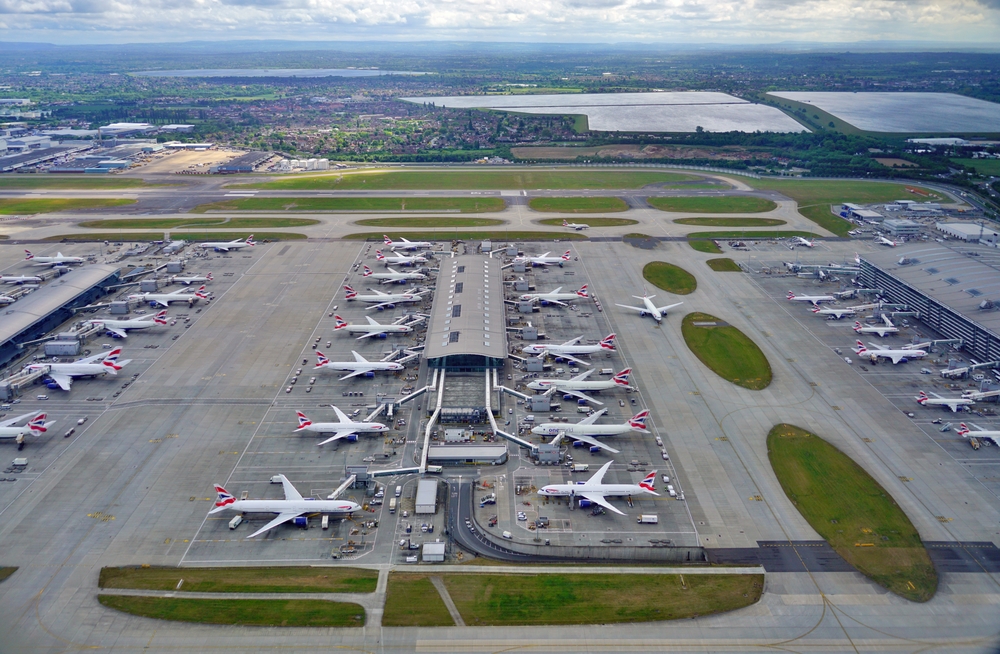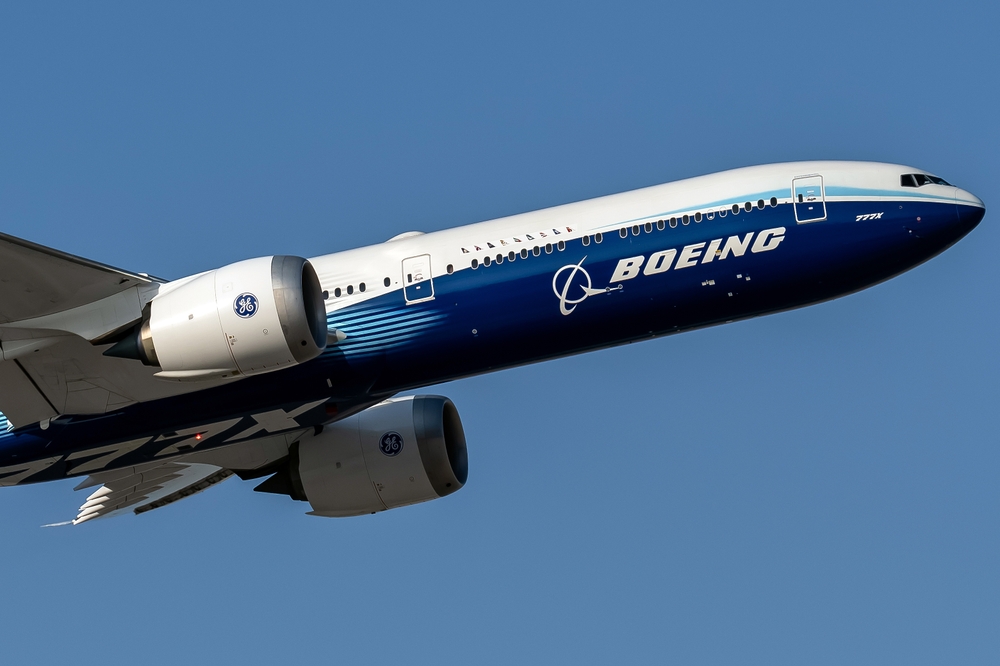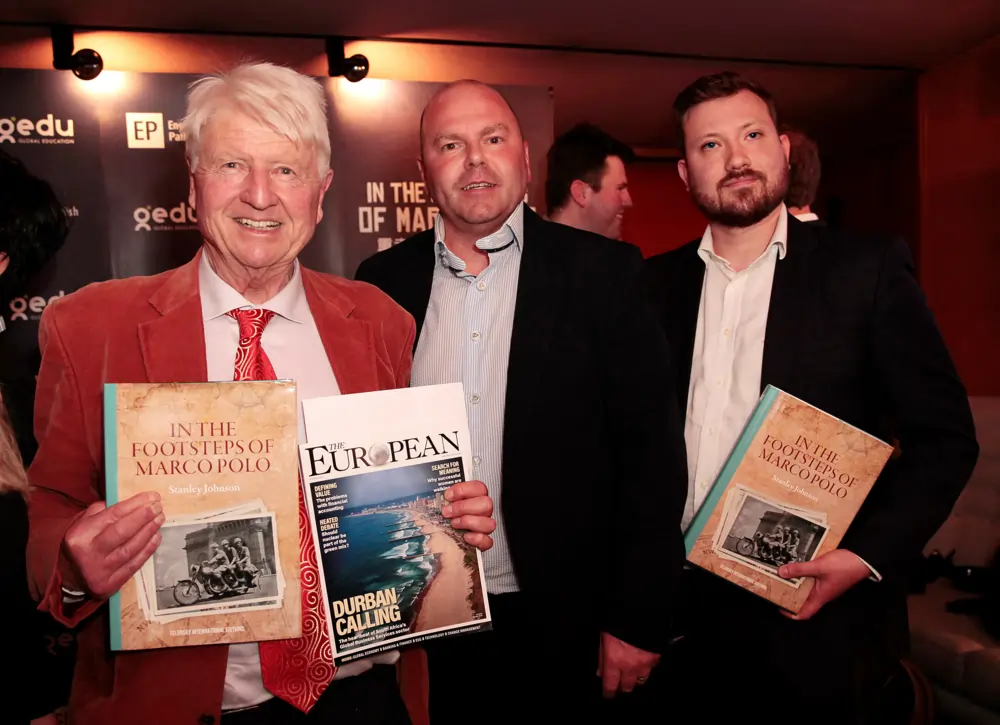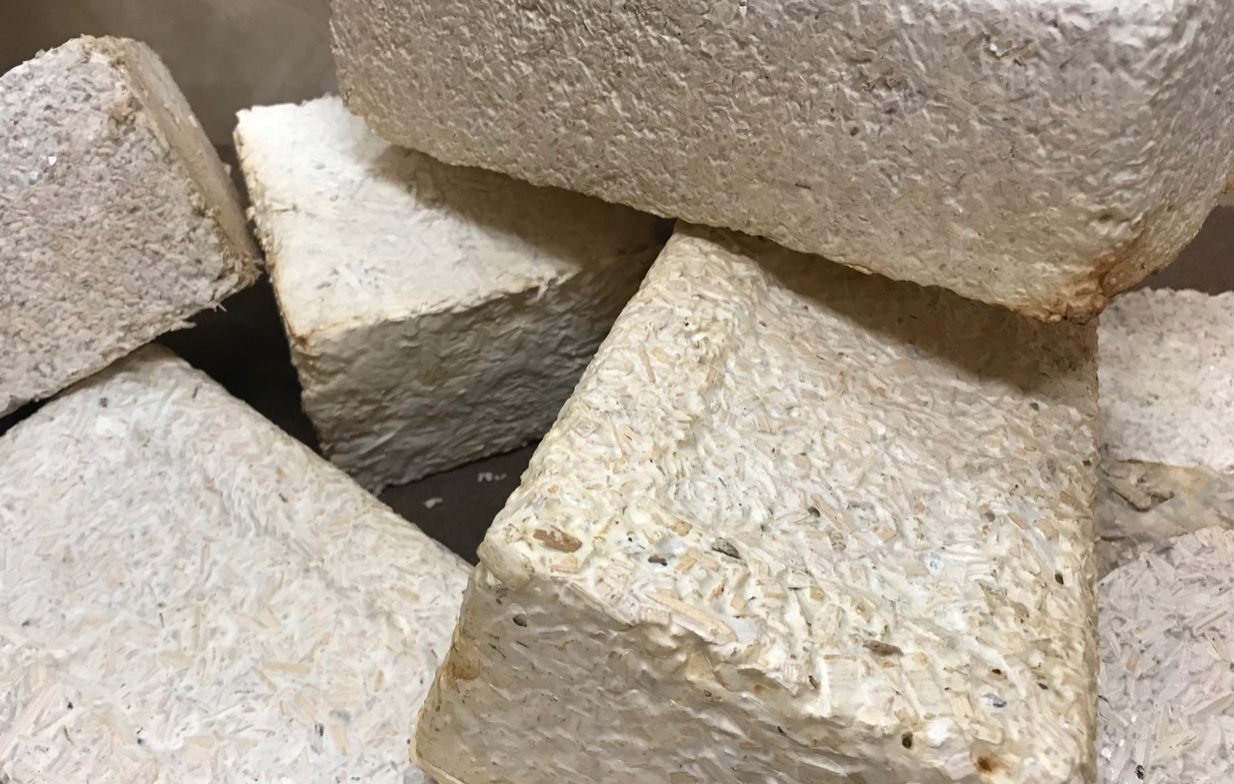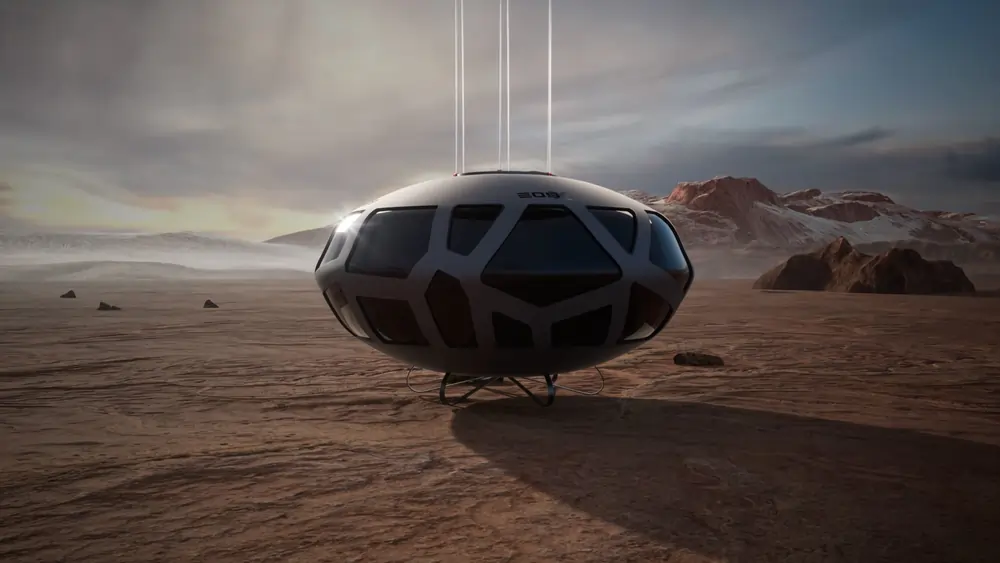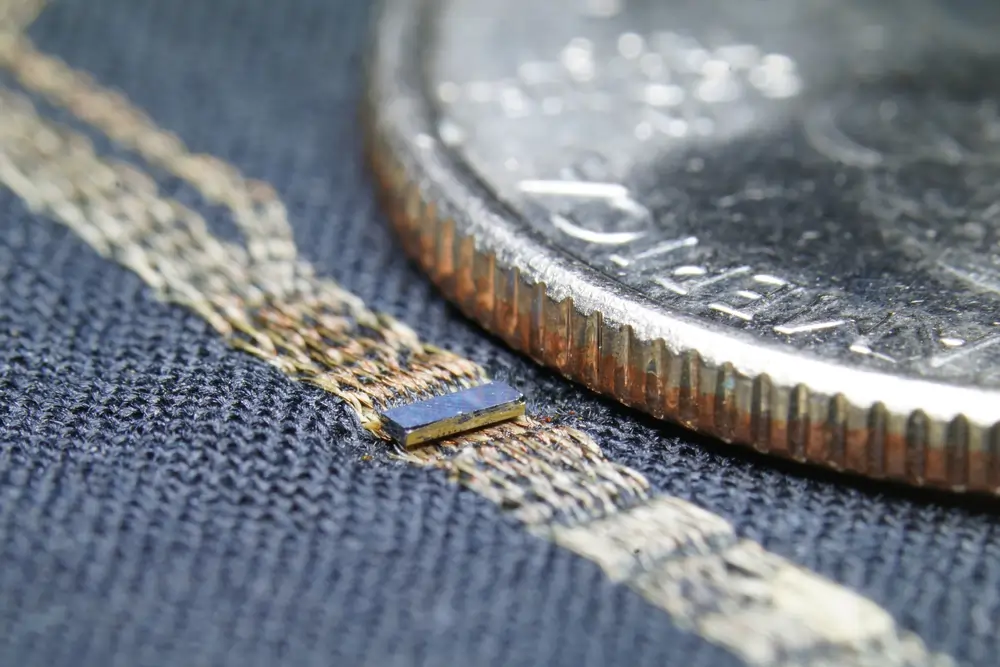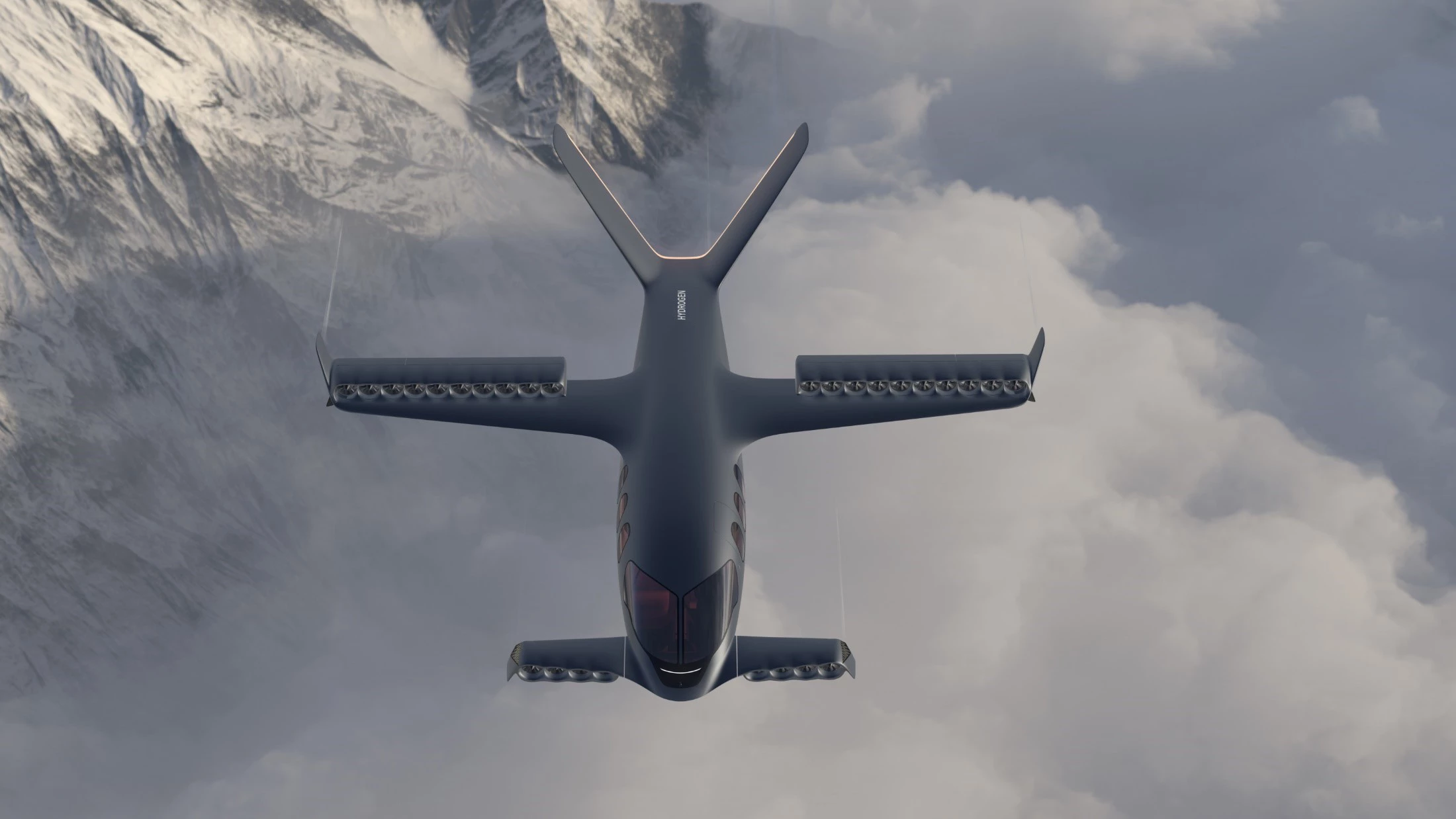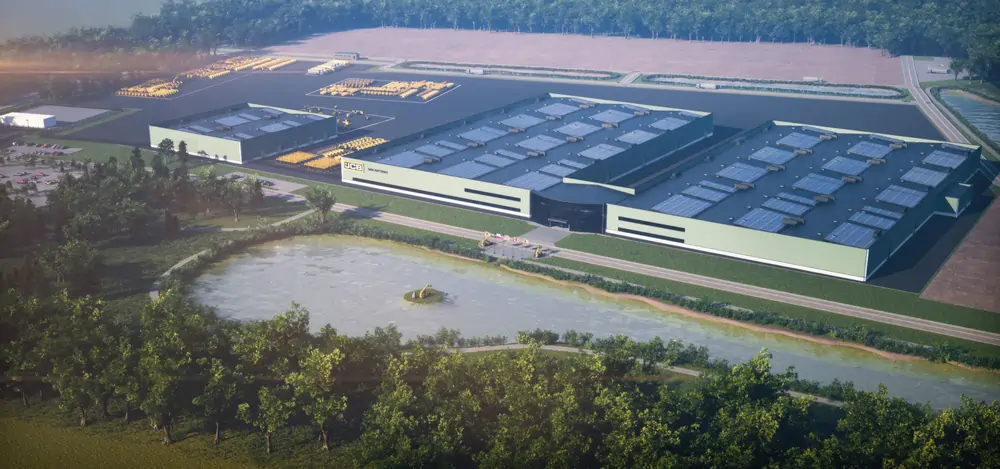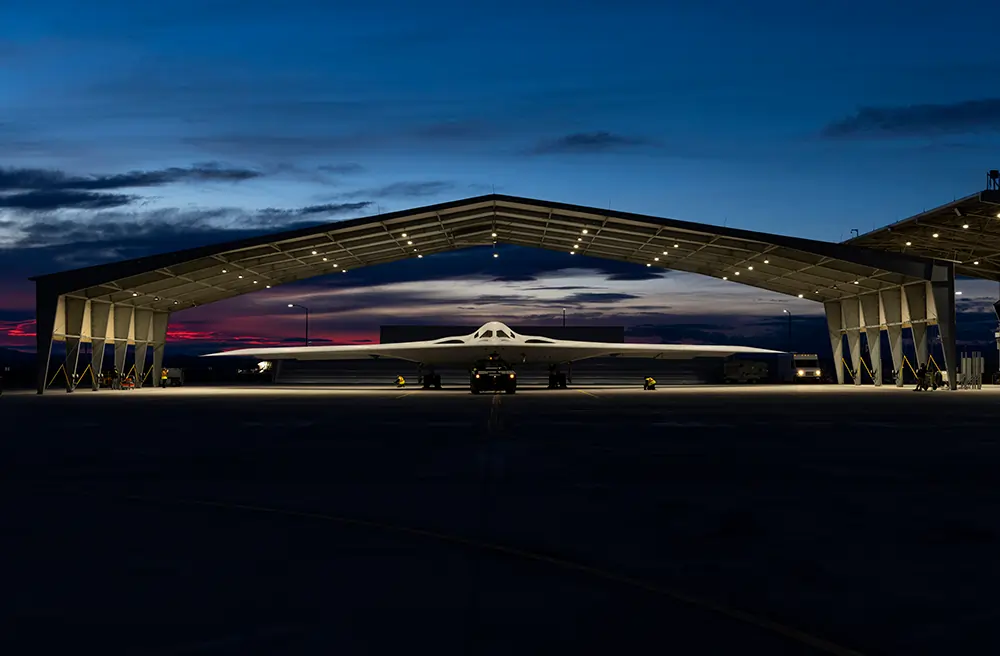A dog-like robot has achieved a world-first by inspecting the inside of a fusion energy facility autonomously, it emerged this week
The four-legged ‘Boston Dynamics Spot’ took sensor readings and collected other data inside the Joint European Torus (JET) facility in Oxford, England, without human assistance.
Until its closure last year, JET was one of the largest and most powerful fusion research machines in the world.
Its purpose was to pave the way for future nuclear fusion grid energy.
The complex, part of The Culham Centre for Fusion Energy (CCFE), the UK’s national laboratory for fusion research, is now being decommissioned and remains hazardous to human health.
But in a joint collaboration with the Oxford Robotics Institute (ORI), the United Kingdom Atomic Energy Authority’s (UKAEA) demonstrated that maintenance can be carried without human intervention.
The development paves the way for autonomous maintenance and decommissioning in other facilities where the risk of radiation, vacuum-level pressure and extreme temperatures are too great for human operators.
In a statement, UKAEA said the 35-day trial at the JET plant provided the “ideal opportunity” to test the robot’s capabilities.
Dr Robert Skilton, of UKAEA’s Remote Applications in Challenging Environments division, said: “The project aimed to validate the reliability of autonomous robotic technology and instil trust and confidence in their use for safe and efficient inspections in fusion facilities over extended periods.
“This deployment demonstrates that autonomous robots can enhance safety and cut costs. These ‘next generation’ solutions are becoming ready to be used in other industrial facilities such as nuclear decommissioning, environmental clean-up, and disaster relief.”
Professor Nick Hawes, Professor of AI & Robotics at the University of Oxford, added: “Projects like this demonstrate the value of autonomous robots – robots that can do things themselves without direct control of humans.
“They also ground our science in real use cases, and provide requirements and constraints that drive us to invent new AI and robotics algorithms.”
The results will assist planning for the next stages of the JET decommissioning programme, which is expected to continue until 2040.
Main image: Spot the robotic dog returning after deployment at UKAEA’s Joint European Torus (JET) facility.
Credit: United Kingdom Atomic Energy Authority





